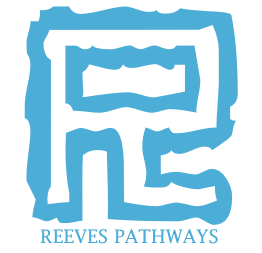Your cart is currently empty!
Okay, here are the three blog posts you outlined, written out in full, ready for you to use on your website:
Blog Post 1:
Title: The Unexpected Pivot: Navigating a Career Change Mid-Career
Let’s face it, the neatly planned career trajectory we might have envisioned in our twenties often takes unexpected turns by our thirties, forties, and fifties. Life happens. Maybe the industry you’ve dedicated years to is shifting, leaving you feeling obsolete. Perhaps the initial passion has waned, replaced by a gnawing sense of unfulfillment. Or maybe, through redundancy or a simple desire for something more meaningful, you find yourself contemplating a significant career change mid-career. You’re not alone.
Recognizing the signs that it might be time for a pivot isn’t always dramatic. Sometimes it’s a persistent Sunday evening dread about the week ahead. Other times it’s a quiet lack of engagement in tasks that once held your interest. You might feel a growing sense of misalignment with your company’s values or a lack of opportunities for growth. Ignoring these subtle whispers can lead to stagnation and a feeling of being stuck.
One of the biggest hurdles in considering a mid-career change is the fear. Fear of financial insecurity, fear of starting over in an unfamiliar field, fear of what friends and family might think. These anxieties are valid, but they don’t have to be paralyzing. Remember the resilience you’ve built over your career. You’ve overcome challenges before, and this is another one to navigate.
The good news is that your years of experience are far from a liability; they are a valuable asset. Think about the transferable skills you’ve honed: problem-solving, leadership, communication, project management, and industry-specific knowledge. These are all highly sought after, regardless of the field. The key is to identify and articulate how your existing skillset translates to new opportunities.
Exploring your options requires a proactive approach. Research industries and roles that genuinely interest you. Network – reach out to people in those fields, even for informational interviews. Consider if upskilling or further education is needed, and explore cost-effective ways to acquire those skills.
Taking the leap requires planning and a degree of courage. Develop a financial buffer. Update your resume and LinkedIn profile to highlight transferable skills. Practice your interviewing skills. And importantly, build a strong support system of friends, family, or a coach who understands your journey. Remember, this isn’t about abandoning your past; it’s about leveraging it to build a more fulfilling future. A mid-career change isn’t an ending; it’s often the beginning of a more authentic and rewarding chapter.
What are your thoughts on navigating a career change mid-career? Share your experiences or questions in the comments below.


Leave a Reply